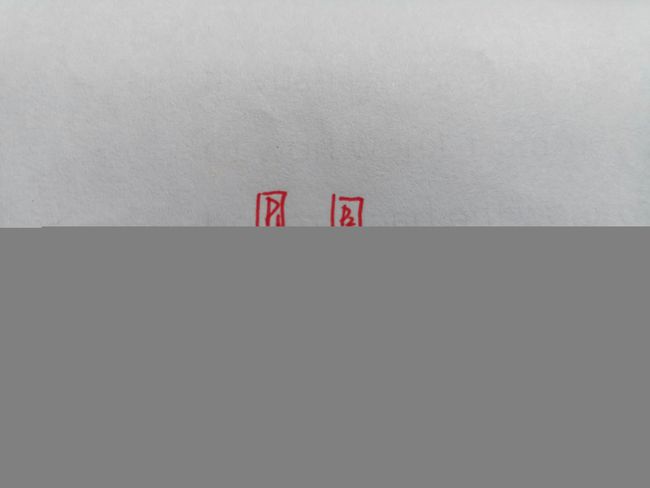求逆序对
Powered by:AB_IN 局外人
P1908 逆序对
归并排序
对于给定的一段正整数序列,逆序对就是序列中 ai>aj且i
其实就是冒泡排序时,将数组升序排列时交换的次数。但 n ≤ 5 × 1 0 5 n≤5×10^5 n≤5×105 , O ( n 2 ) O(n^2) O(n2)肯定不行 。看题解 可以用树状数组做,但菜鸡还没学。
so,归并排序。
#include 归并排序的原理要是知道了,那是什么时候像冒泡排序一样消除的逆序对呢?
对,就是这个时候。
else{
b[i]=a[p2];
p2++;
cnt+=mid-p1+1;//最关键的一句
}
什么意思呢,看下面的图,就是让a数组右区间在p2的值提到了前面(左区间),而红色涂满的区间(对应图2)都与p2指针指的数构成逆序对,故求区间长度就可以了。


树状数组
戳这!!(在 小鱼比可爱 那有说明)
跑的比归并还慢点,但是好写啊!!
就是:求在按顺序放的前提下,这个数此时在树状数组中右边有多少个数?(即比它大的数)
先离散化去重。
#include 完结。